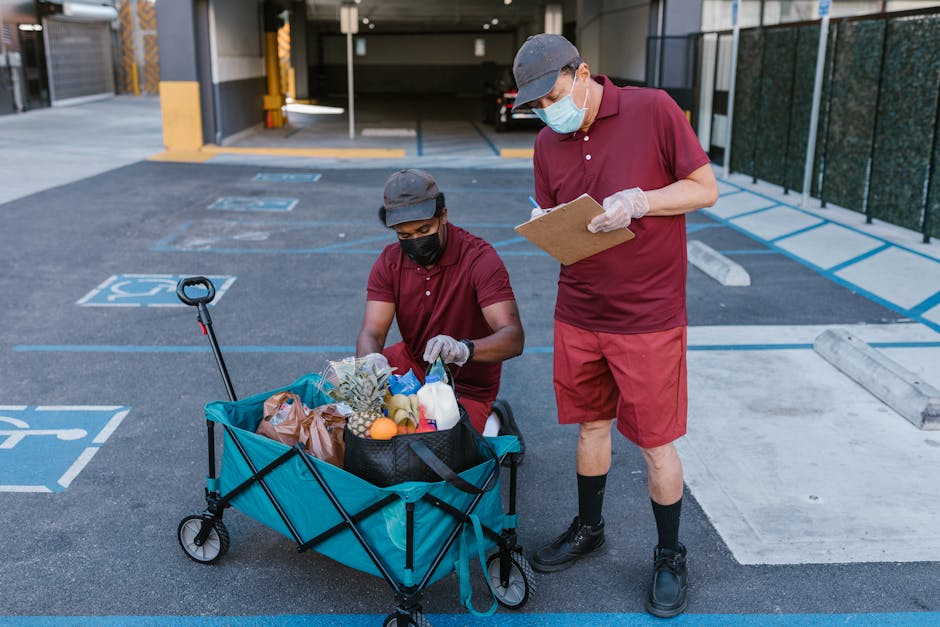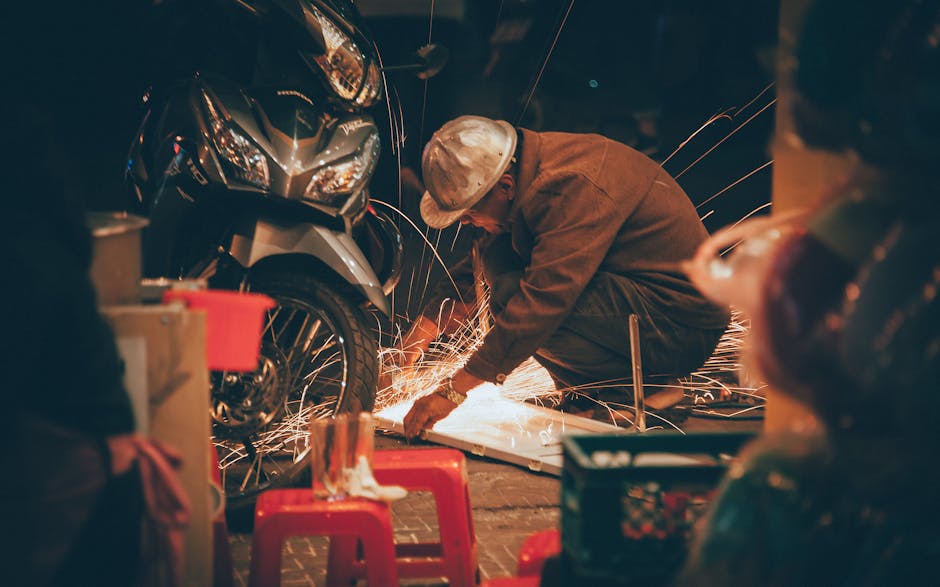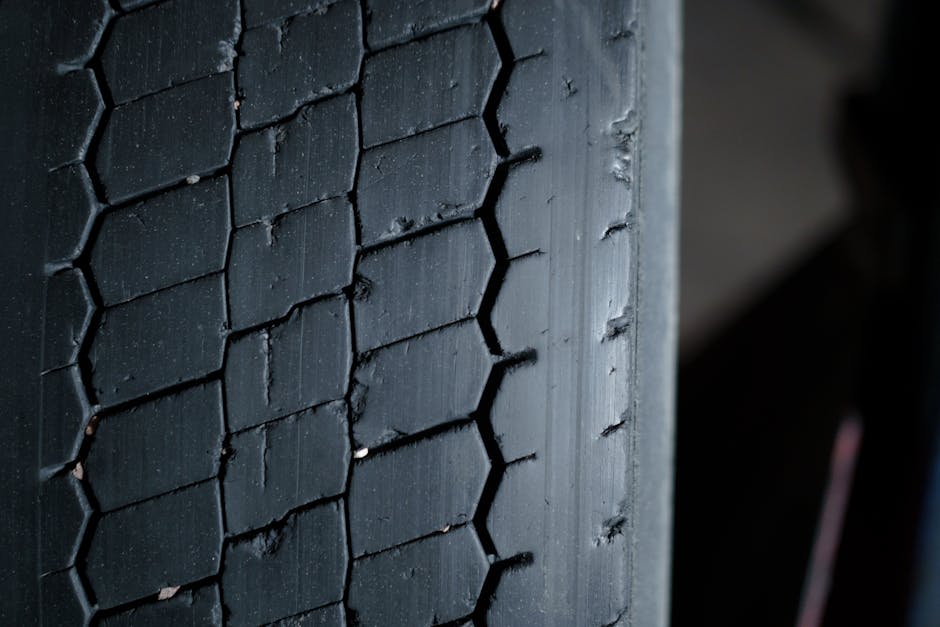Essential Vehicle Maintenance Safety Checklist
Did you know that regular vehicle maintenance can prevent 80% of breakdowns? Keeping your car in shape not only saves you money but also keeps you safe on the road. Lets dive into a simple vehicle maintenance safety checklist that anyone can use.
Why is Vehicle Maintenance Important?

Vehicle maintenance is crucial for several reasons. First, it ensures your car runs efficiently. Second, it can prevent accidents due to mechanical failures. Finally, it helps your vehicle last longer, saving you money in the long run.
According to the National Highway Traffic Safety Administration (NHTSA), nearly 25% of vehicle crashes are related to maintenance issues. This should motivate you to keep up with regular checkups.
What Should Be on Your Maintenance Checklist?

Your vehicle maintenance checklist should cover several key areas. Heres a quick overview:
- Oil Change
- Tire Health
- Brake System
- Fluid Levels
- Battery Condition
- Lights and Signals
- Windshield Wipers
Let’s break these down further.
How Often Should You Change Your Oil?

Changing your oil is one of the most critical aspects of vehicle maintenance. Engine oil lubricates moving parts, prevents wear, and keeps your engine cool.
Most experts recommend changing your oil every 3,000 to 5,000 miles. However, always check your vehicles manual for specific guidelines. Remember, clean oil is crucial for your engine’s health!
Are Your Tires in Good Shape?

Tires are your car’s only contact with the road, so their condition matters greatly. Poor tire health can lead to blowouts and accidents.
Check your tire pressure at least once a month. Use a tire pressure gauge to ensure they are inflated to the recommended levels. Also, look for signs of wear, such as:
- Uneven tread wear
- Bald spots
- Cracks in the sidewall
If your tires are worn out, it’s time to replace them. Remember, good tires keep you safe!
How Do You Check Your Brakes?
Your brakes are essential for safety. It’s crucial to ensure they are working properly. Here are some signs that your brakes may need attention:
- Squeaking or grinding noises
- Soft or spongy brake pedal
- Car pulling to one side when braking
To avoid accidents, have a professional check your brakes if you notice any of these signs. it’s better to be safe than sorry!
What About Fluid Levels?
Fluids keep your car running smoothly. Key fluids to check include:
- Engine oil
- Coolant
- Brake fluid
- Transmission fluid
- Windshield washer fluid
Make it a habit to check these fluids monthly. Low levels can lead to severe engine damage and costly repairs.
How to Maintain Your Battery?
Car batteries need regular maintenance too. A dead battery can leave you stranded. Here are simple steps to ensure your battery is in good shape:
- Check for corrosion on terminals.
- Make sure connections are tight.
- Test the batterys charge regularly.
If your battery is more than three years old, consider having it tested at a shop. You want to avoid surprises when you turn the ignition!
Are Your Lights and Signals Working?
Proper lighting is vital for safe driving. Regularly check all your lights, including:
- Headlights
- Taillights
- Brake lights
- Turn signals
Replace any burnt-out bulbs immediately. Being seen on the road can prevent accidents.
When Should You Replace Windshield Wipers?
Good visibility is crucial when driving, especially during rain or snow. Worn-out wipers can severely limit your sight. Heres how to know when it’s time for new ones:
- Streaks on the windshield
- Skipping or chattering sounds
- Wipers that don’t clear the glass completely
Most experts recommend replacing your wipers every six to twelve months. don’t wait until the next storm!
What Else Can You Do for Vehicle Safety?
Aside from regular checks, here are some additional tips for keeping your vehicle safe:
- Keep an emergency kit in your car.
- Follow a regular maintenance schedule.
- Get a professional inspection once a year.
Having a well-maintained vehicle is not just about performance; it’s about your safety and that of others on the road.
How Can You Make Vehicle Maintenance a Habit?
Consistency is key when it comes to vehicle maintenance. Here are some strategies to make it easier:
- Set reminders on your phone for oil changes and inspections.
- Keep a maintenance log in your glove compartment.
- Visit a trusted mechanic regularly.
Turning maintenance into a habit will keep your car running smoothly for years to come.
Conclusion: Take Action for Your Vehicle’s Health
In conclusion, a regular vehicle maintenance safety checklist can make a huge difference. By following these simple steps, you can avoid costly repairs and ensure your safety on the road. Remember, it’s better to be proactive than reactive.
Next time you’re in your car, take a moment to go over this checklist. Your future self will thank you!
For more tips on keeping your vehicle in top shape, check out this resource from NHTSA.



